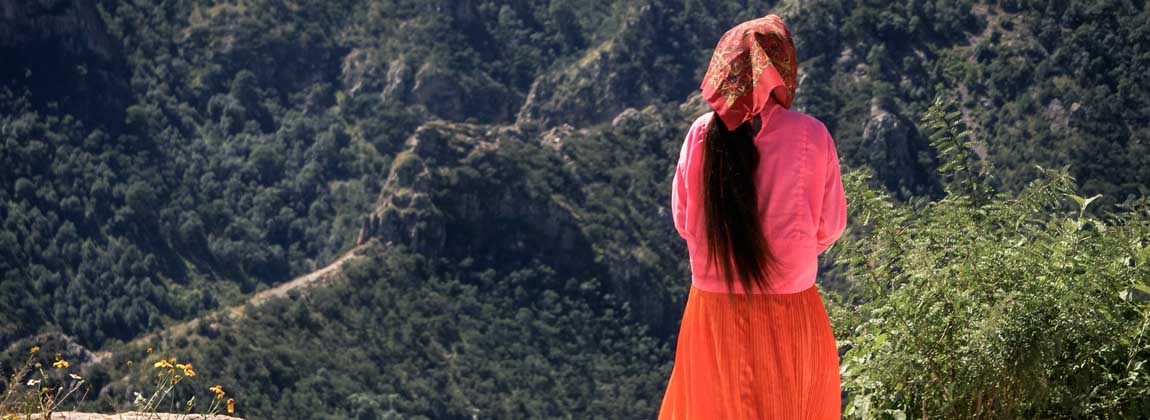Streamlining Processes: The Tarahumara + Evolutionary Development

The word Tarahumara means “those who run fast.” These Central American people — who number around 70,000 — run in huarache sandals and are known as exceptional long-distance runners. They have been studied as anomaly in terms of human endurance, using minimal equipment to supplement their performance.
Having run competitively in various points in my life, I can tell you from experience that I cycle through various individual philosophies on shoes, socks, tops, even the length of the inseam of my shorts. I have found that — with a few notable exceptions — changing any of these items did not create a significant change in my performance.
The Tarahumara are characteristic of something called the endurance running hypothesis. This states that some of our evolution as humans are adaptations to frequent and prolonged long-distance running at some point in our past, due to such factors as hunting or other means of surviving.
Without getting deeply into the biomechanics of the adaptations, we are designed as humans to walk. Running generally comes as a result of conditioning, training and development. We are born to walk, but we can run, and run better with practice.
Streamlining to the Essentials
The Tarahumara are not focused on the technical “add-ons” or perhaps even cosmetic improvements I was fixated on at times, listed above. They simply find a viable technology to cover their feet to prevent injury, and they run. The simplicity of this is very seductive to me — the idea that I don’t need to try out different shoes or worry about the length of a pair of shorts — I can just put something on my feet and go. That the actual process itself has decoupled from the unnecessary expenses and added steps that might lengthen preparation and complicate the execution of the core function.
To further underscore this, Nike released a shoe in 1991 called the “Air Huarache.” This shoe was designed by Tinker Hatfield to emulate the simplicity of how your foot fits into a water ski. It was minimalistic and stripped down to the basics, emphasizing the core functions of a distance running shoe. First sold to marathon runners — who responded that the shoe was comfortable and exactly what was needed for a long run — Nike expanded the offering more generally, and the shoe has now been produced for over 30 years (yes, I had a pair).
Strategic planning processes can sometimes take on the bad habits of my younger years of running — too much attention on things that are cosmetic, things that don’t improve performance or drive toward the heart of the core issues, things that result in waste in time or resources, or things that do not get you where you need to go. If we follow the model that Nike did, the design of the strategic planning process begins by stripping it down to its essentials, considering the necessities and the end goal, and only then rebuilding around what is essentially needed by leveraging our own ability to train ourselves run instead of walking.
The planning process should be in a form — like running with the Tarahumara ?— efficient, streamlined, sustainable and as a result of evolutionary development.
Find these tips useful? Learn more tricks on how to maximize the potential of your business through The Partnership’s Small Business Resources Hub.
Joe Benesh
Joe Benesh is the President and CEO of The Ingenuity Company, located in Des Moines. The Ingenuity Company specializes in Strategic Planning, Diagramming, Organizational Design Thinking, and Leadership/Change Facilitation. He also teaches strategic planning at the University of Iowa in the MBA Program.